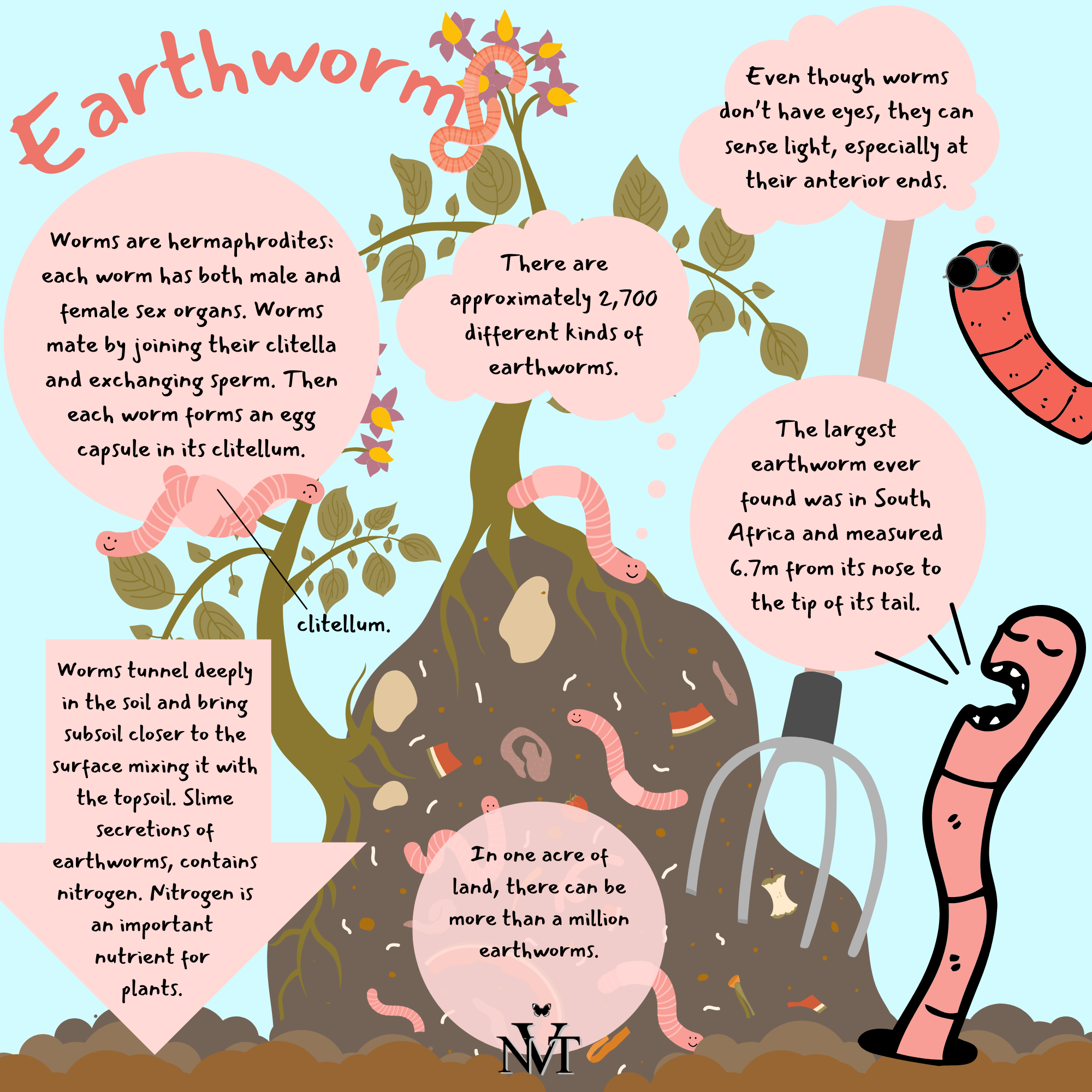North Carolina Worms Fundamentals Explained
The Buzz on North Carolina Worms
Table of Contents8 Easy Facts About North Carolina Worms DescribedThe 10-Second Trick For North Carolina WormsThe Of North Carolina WormsThe Definitive Guide to North Carolina WormsNorth Carolina Worms - An Overview
Example: 1-gallon of worm spreadings to 4 gallons of potting mix. 1/2 mug in the bottom of the growing opening for smaller plants. 1 cup for bigger plants.We discover that worm spreadings are not actually required for seed starting., promotes far better germination prices and plant health and wellness.
The enhancement of tea can also include boosted microbial biomass to your soil. Farming. You can always side-dress your plants with worm spreadings at any type of time. Simply bear in mind, the microbes will pass away if exposed to UV rays (Sun), so make sure to cover the spreadings with an inch approximately of dirt

This frustrated them for years till the screening approaches became better. It would certainly get far better(with more spreadings), level off, and after that decline. Too numerous worm castings would certainly increase the development to a rate that the plant could not recoup from.
The Best Guide To North Carolina Worms
Several herbicides function on this same concept. So, 20% by quantity seems to be the "Sweet Place". I have clarified the merits of worm castings for regarding 2000 words. What regarding the various other side of the coin? Absolutely nothing is ideal. Worm spreadings are no different. It requires time to develop top quality worm castings.
You can purchase them which causes number 2. Worm castings absolutely set you back more than chemical fertilizers. However, worm castings are on the more affordable end of natural fertilizers. You will certainly need to choose what is more crucial. It is simple to generate percentages of worm spreadings. (50 gallons per year) It is a much harder and extremely pricey investment to create huge amounts of worm spreadings.
I would place worm castings up versus any type of fertilizer (chemical or natural) for plant health and wellness and yield. We have talked about the lots of benefits of worm spreadings.
Creating a healthy and balanced dirt may be the biggest advantage of worm castings. We went over worm spreadings NPK and also the correct nutrient evaluation that ought to use to worm spreadings.
The Best Guide To North Carolina Worms
We chatted concerning some of the negative aspects associated with worm spreadings. I covered a whole lot of product in this short article.
(https://www.pinterest.com/bobhorne28607/)The upright burrows are commonly open, although the worms cover the leading with residue and waste matter. Roots need oxygen for their growth, whereas they produce carbon dioxide that needs to leave the dirt.

10 Simple Techniques For North Carolina Worms
In one more study, earthworms were approximated to take in 4 to 10 percent of the top 6 inches of the dirt each year. Soil compaction reduces the porosity of the dirt.
Common earthworm populations can conveniently take in 2 heaps of dry issue per acre annually, partially digesting and blending it with dirt. The value of earthworms to mix surface area residue with dirt becomes very clear in dirts that do not have any earthworms. A lot of our Pennsylvania soils contend the very least some earthworms, and the impact of their full lack, therefore, can not be kept in mind.
In these soils, the formation of topsoil with reasonable organic issue material did not occur, leading to inadequate crop growth. As soon as the cause was developed, the government of the Netherlands started a project to introduce earthworms. After the introduction of the earthworms, a dark topsoil layer was created, and crop growth enhanced substantially.
The Facts About North Carolina Worms Uncovered
They live mostly from partly decayed raw material that is already integrated in the soil. They eat their way through the soil, creating horizontal burrows that they loaded with their excrement. These species ingest big quantities of soil that they blend with digested crop deposit in their guts. or anecic types reside in permanent vertical burrows that can be 5 or 6 feet deep.
These varieties consume significant quantities of soil that they blend with absorbed residue in their intestines. Their waste matter is largely deposited at the surface of the useful content dirt.